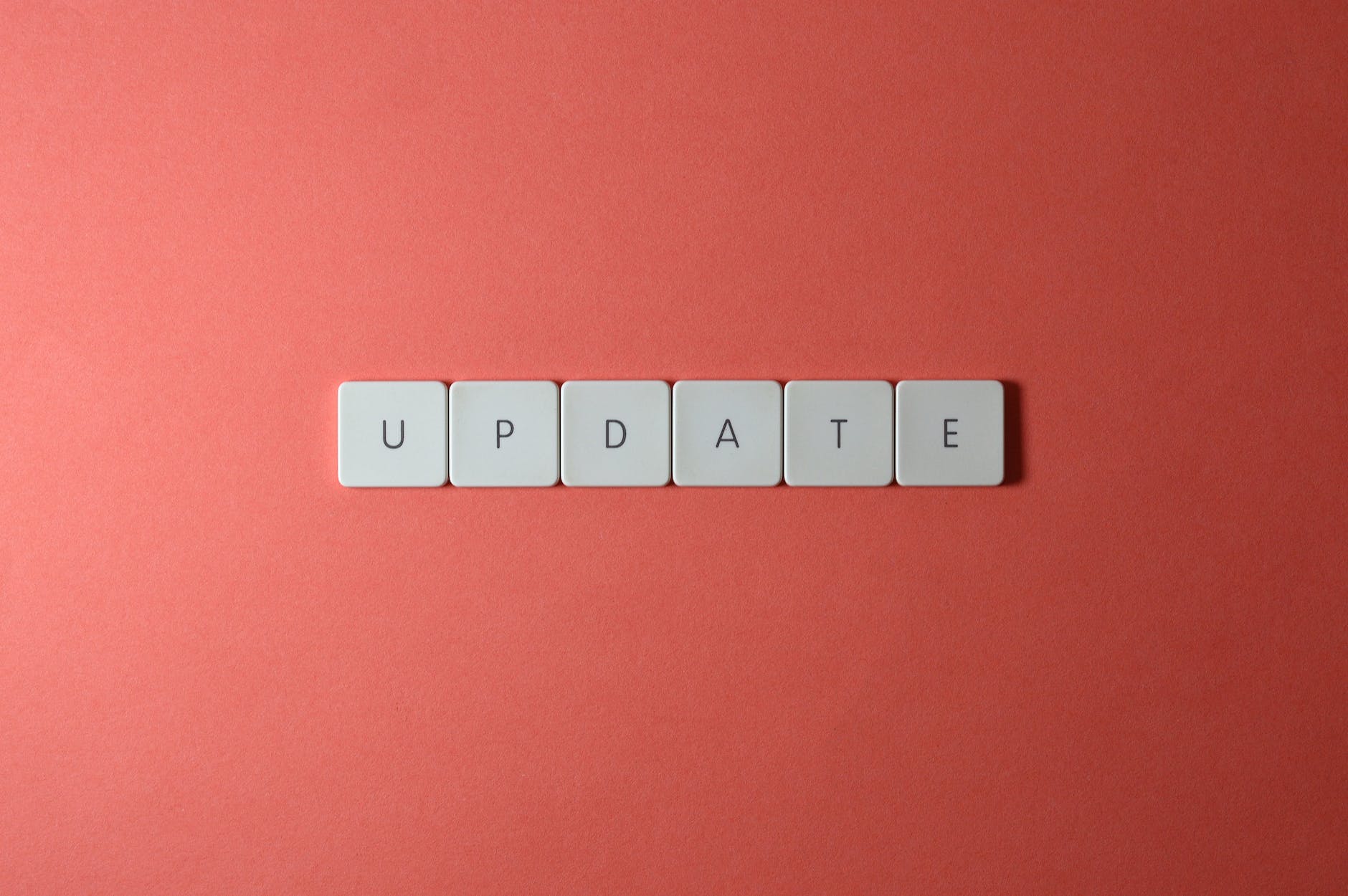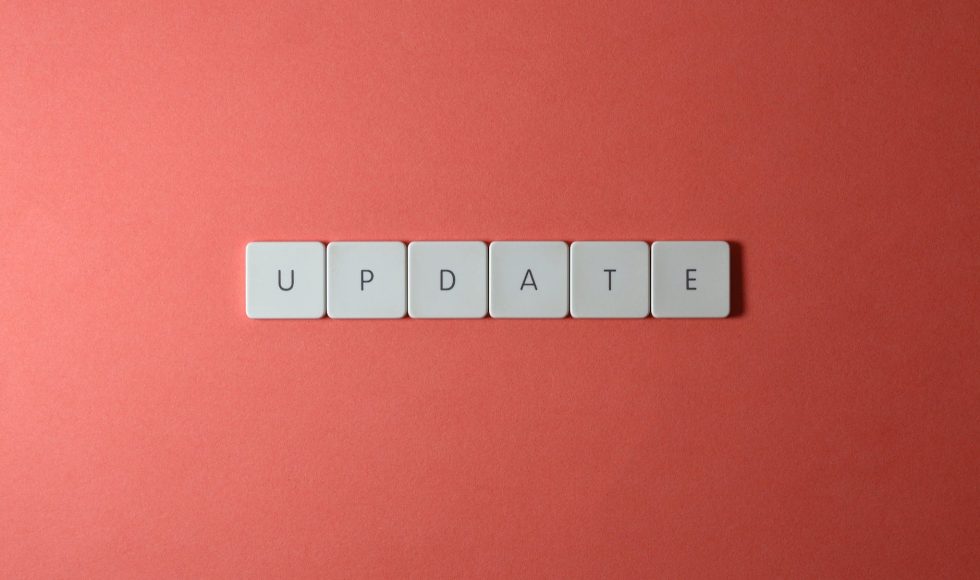I have been interested in using nanopore sequencing to identify modified bases. Tonight, I watched Adrien Leger, a Senior Research Scientist at the Sequencing Chemistry program in Oxford Nanopore Technologies present at London Calling 2022. This session was an update of the Remora epi-basecaller release. They explained the similarities between remora fish and the remora basecaller algorithm, which I found fascinating. For example, they noted that: similar to remora fish, the Remora algorithm latches onto Oxford Nanopore basecallers, can perform different tasks (basecalling and mod-calling), and feeds off host outputs/basecaller outputs. Leger explained that the advantages of the Remora basecaller are: small signal slice required, higher accuracy, and much quicker to train. Remora works by scanning a signal and identifying places with possible modified bases. Using a neural network architecture, the rescaled signal intensities are then interpreted as one or multiple modifications. Models for 5mC CpG methylation detection have been trained on human and Zymo communities DNA datasets and validated on HG002 deep Bisulfite seq. The correlation was close to the theoretical maximum! Now models are available for kit 14. Leger then explained that they validated algorithms/model using synthetic oligos. They designed and used five pairs of control oligos with 90 CpGs representative of regions of human CpG islands. Improvements have pushed the Q-accuracy per position to close to Q30! Leger spoke about future directions and releases including maller models for fast basecalling,, software integration and post-run basecalling, and more model updates (kit 14, RNA modifications). The Nanopore Community has created tools for modified bases visualization such as Methylartist, and Leger recommended trying these.



